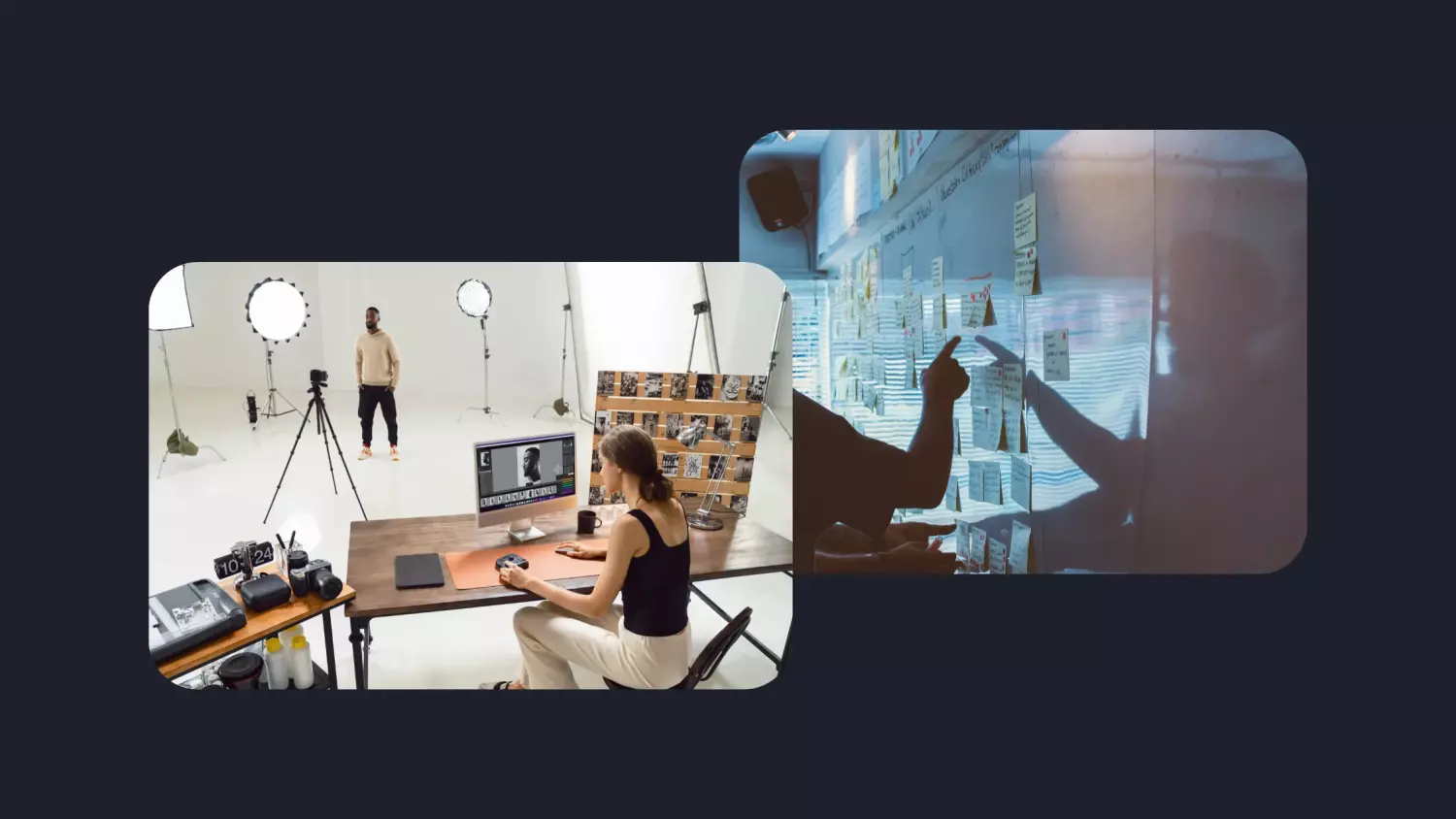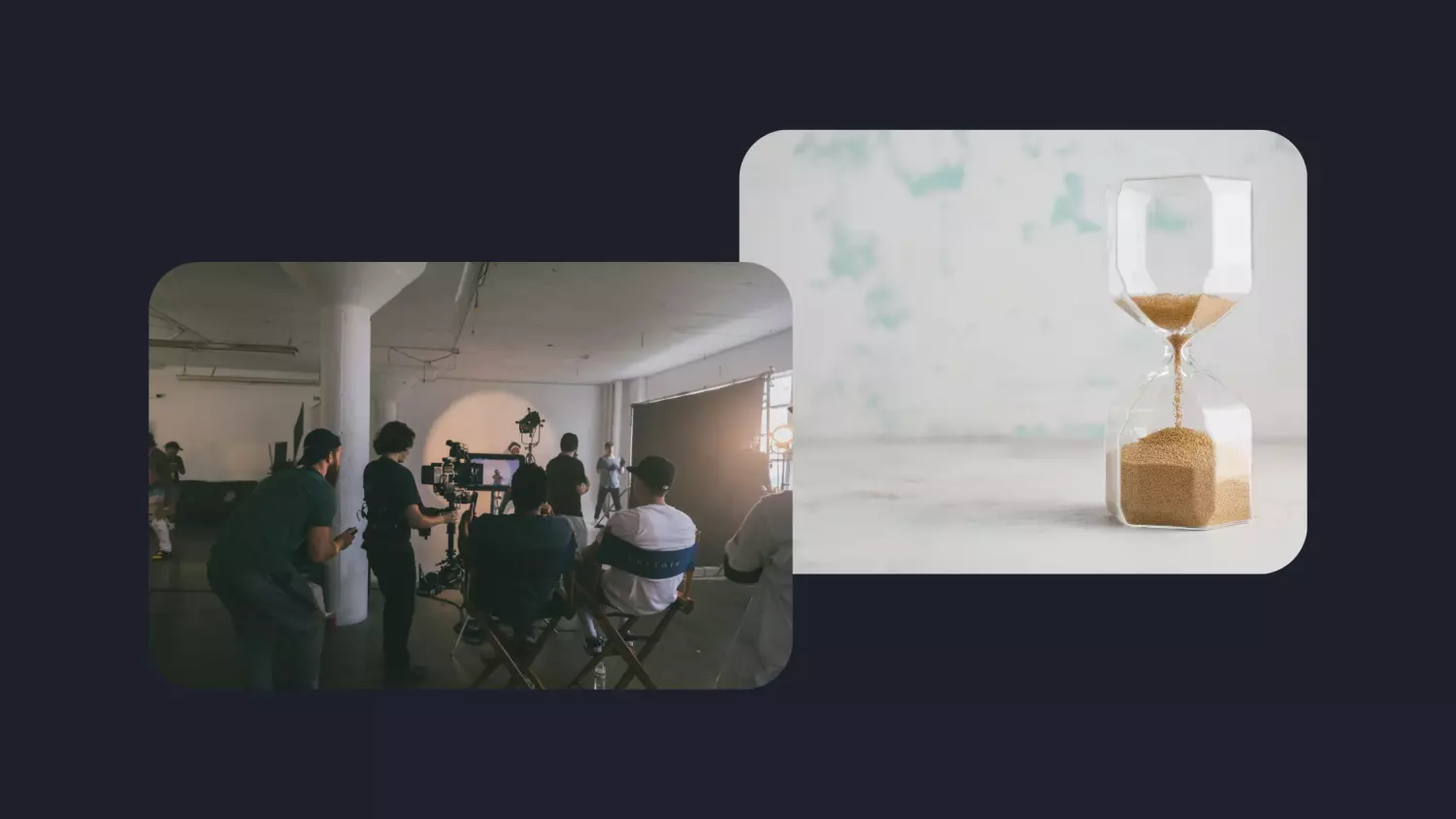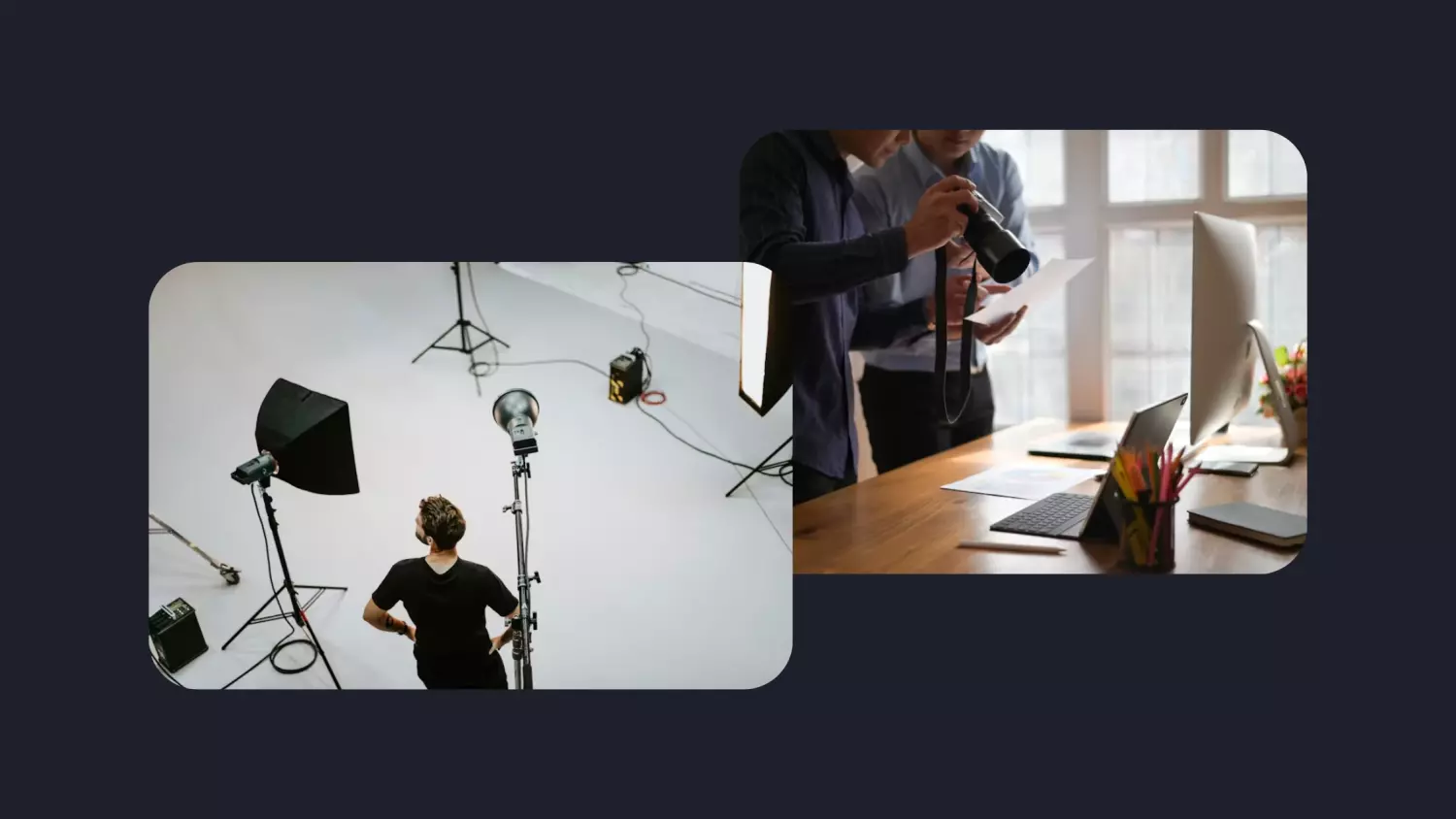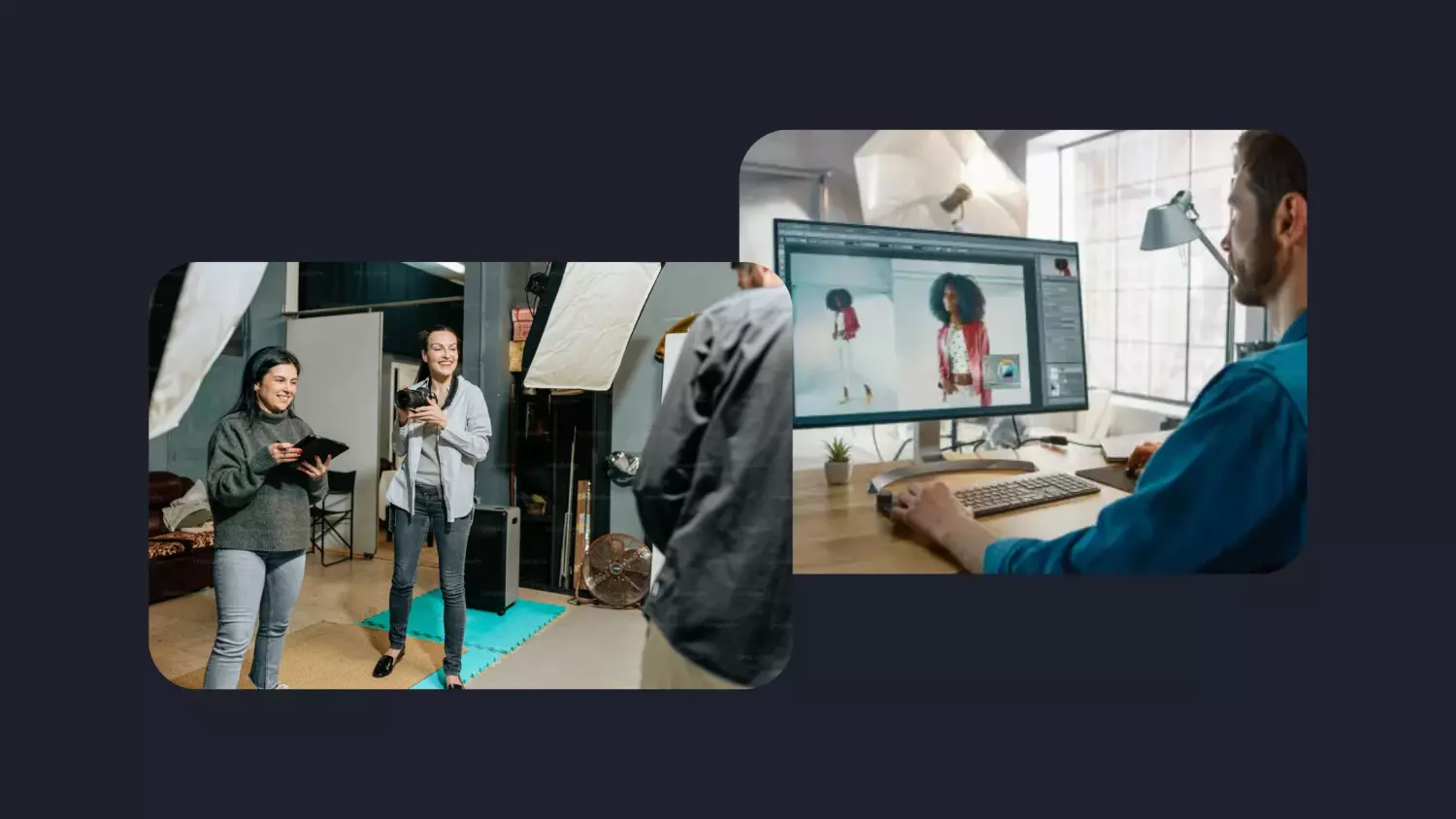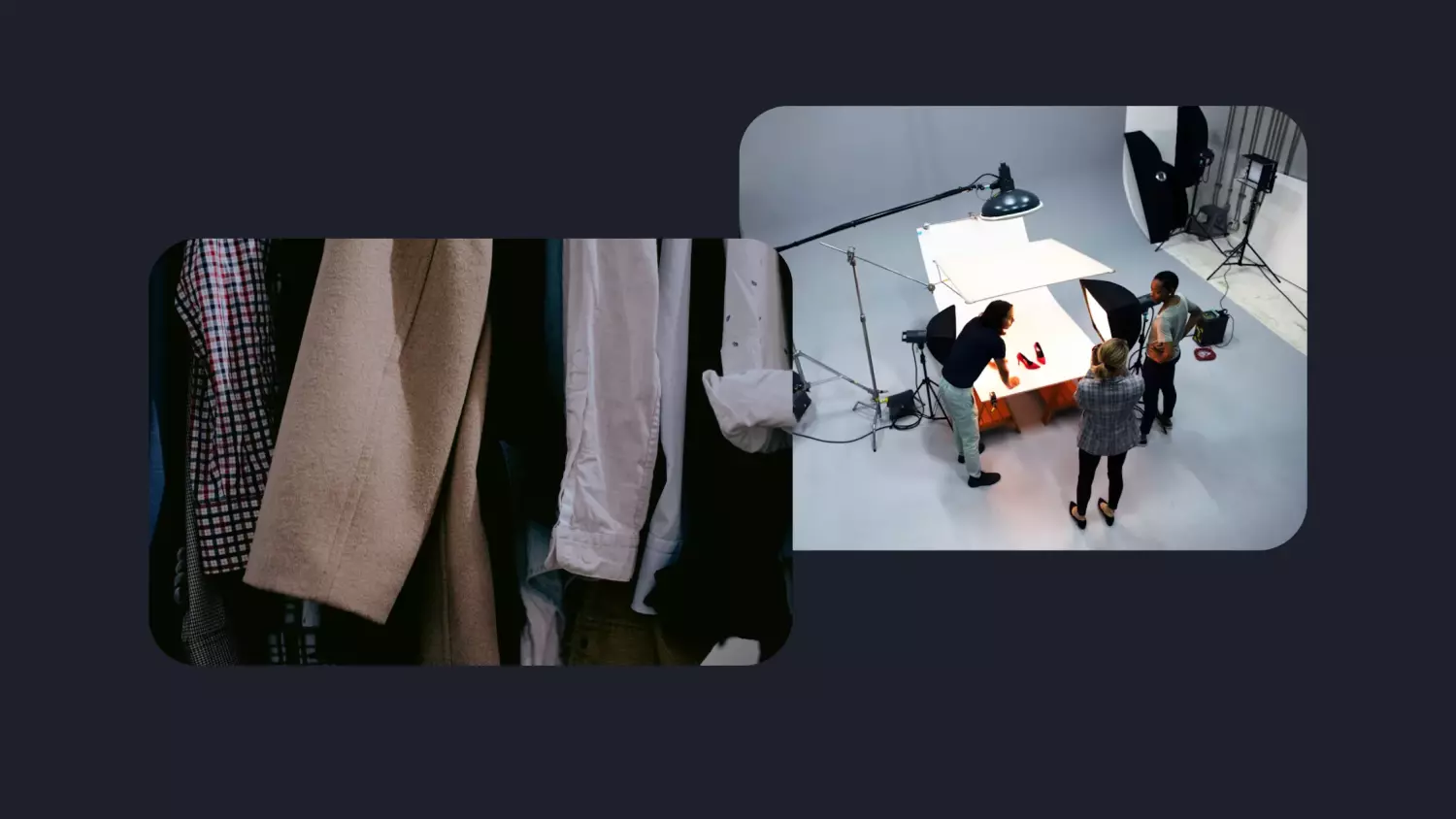Workflows. We talk about them all the time.
“We need to fix our workflow.”
“Let’s revisit the workflow after this shoot.”
“That’s not in the workflow.”
But here’s the thing—most studios don’t have a workflow strategy. They have a system of habits. A patchwork of “how we’ve always done it.” And while that might work for a while, it usually starts to crack under pressure.
Especially when your content demands start to scale.
If you’ve ever wondered why your carefully mapped process still results in bottlenecks, confusion, or delays, this one’s for you.
Having a workflow is not equal to having a strategy
Let’s get something clear: a workflow is a sequence. A list of steps. It tells you what happens and in what order.
A workflow strategy, on the other hand, is the thinking behind those steps.
It answers the bigger questions:
- Why are we doing it this way?
- Who needs visibility at what stage?
- What happens when something changes?
- How do we track, learn, and improve over time?
Without that layer of strategy, workflows become rigid. Fragile. And eventually, outdated.
So, why do you need a workflow strategy?
Because studios don’t just need efficiency. They need resilience. A good workflow gets the job done. A great workflow can flex, scale, and evolve with your needs.
Here’s what a strategy-first approach gives you:
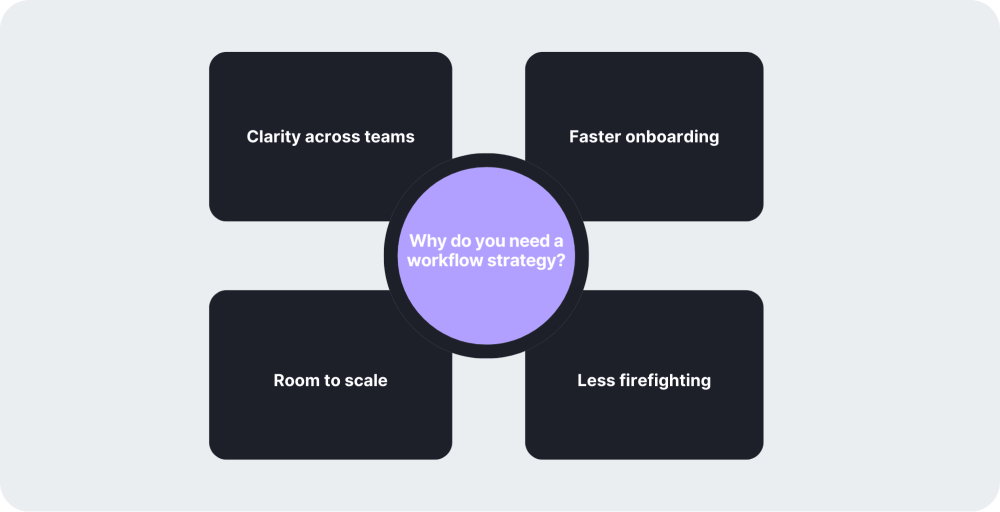
1. Clarity across teams
Ensure everyone’s on the same page, from photographers to stylists to post-production teams. Roles, responsibilities, timelines. No more assumptions.
2. Faster onboarding
When your workflow is intentional, it becomes easier to document, teach, and replicate. Freelancers and new team members don’t have to play detective.
3. Room to scale
Whether you’re doubling your output or launching in a new region, a solid workflow strategy gives you the structure to grow, without reinventing the wheel each time.
4. Less firefighting
You start spotting potential blockers before they become emergencies. And when things do shift (because they always do), you know how to respond.
How to build a workflow strategy that works
It doesn’t have to be complicated. But it does have to be thoughtful. Here’s a simple framework to get you started:
Step 1: Map your current workflow
Start with what’s really happening, not what’s supposed to be happening.
From brief to delivery, trace every step of your production process. Who’s involved? What tools are used? Where are the delays? Where does communication break down?
Get input from every role, not just the managers. Stylists, producers, assistants, and retouchers all see different parts of the process.
Goal: Identify the gaps, overlaps, and pain points.
Step 2: Define your goals
Ask: What are we solving for?
- Faster turnaround?
- Fewer revisions?
- Better sample tracking?
- Consistent visual output?
- Smoother communication?
Knowing your goals will help you make smarter decisions about what to fix, what to keep, and what to build.
Step 3: Clarify roles & ownership
This is the silent killer of most studio workflows is unclear ownership.
Who signs off on creative? Who tracks sample movement? Who gives the final green light on retouched images?
Clearly defining roles helps avoid delays, duplicated work, and confusion. It also empowers your team because they know what’s expected of them and when.
Step 4: Systematise, don’t overcomplicate
Structure is great. Red tape isn’t.
Keep your workflow flexible enough to accommodate change, but structured enough that everyone knows the steps.
- Use templates for briefs and shot lists
- Define review stages (and don’t overload them)
- Build in room for feedback, approvals, and revisions but keep it controlled
Pro tip: A workflow isn’t finished when it’s mapped. It’s finished when people can follow it without constantly asking questions.
Step 5: Test, learn, and evolve
Treat your workflow strategy like a product. Iterate.
After each major shoot or campaign, hold a short post-mortem. What worked? What slowed you down? What didn’t make sense?
A great strategy is never static. It adapts as your studio and your team evolve.
Common mistakes to avoid
Let’s call them out:
-
- Copy-pasting workflows from other studios – What works for a fashion house won’t always work for a homeware brand. Tailor it to your pace, people, and product.
- Over-documenting with no action – A beautiful workflow diagram means nothing if no one’s using it.
- Ignoring your team’s input – Your most valuable insights will come from the people who are hands-on every day. Listen to them.
- Trying to “perfect” the workflow before rolling it out – Start with a small pilot, improve it over time, and let the results build confidence and support across the team.
Your workflow is the heartbeat of your studio. Without a strategy, it can drift, get messy, and start costing you more than you realise. But when you start with strategy, when you take the time to define the why, who, and how behind your process, your workflow becomes a strength, not a struggle.
Once you’ve laid that foundation, you need the right system to bring it to life. That’s where Lets Flo fits in by giving you the tools to structure, streamline, and scale your strategy across every shoot, asset, and team.
Discover how Lets Flo brings clarity, structure, and flexibility to your production process.
Book a demo